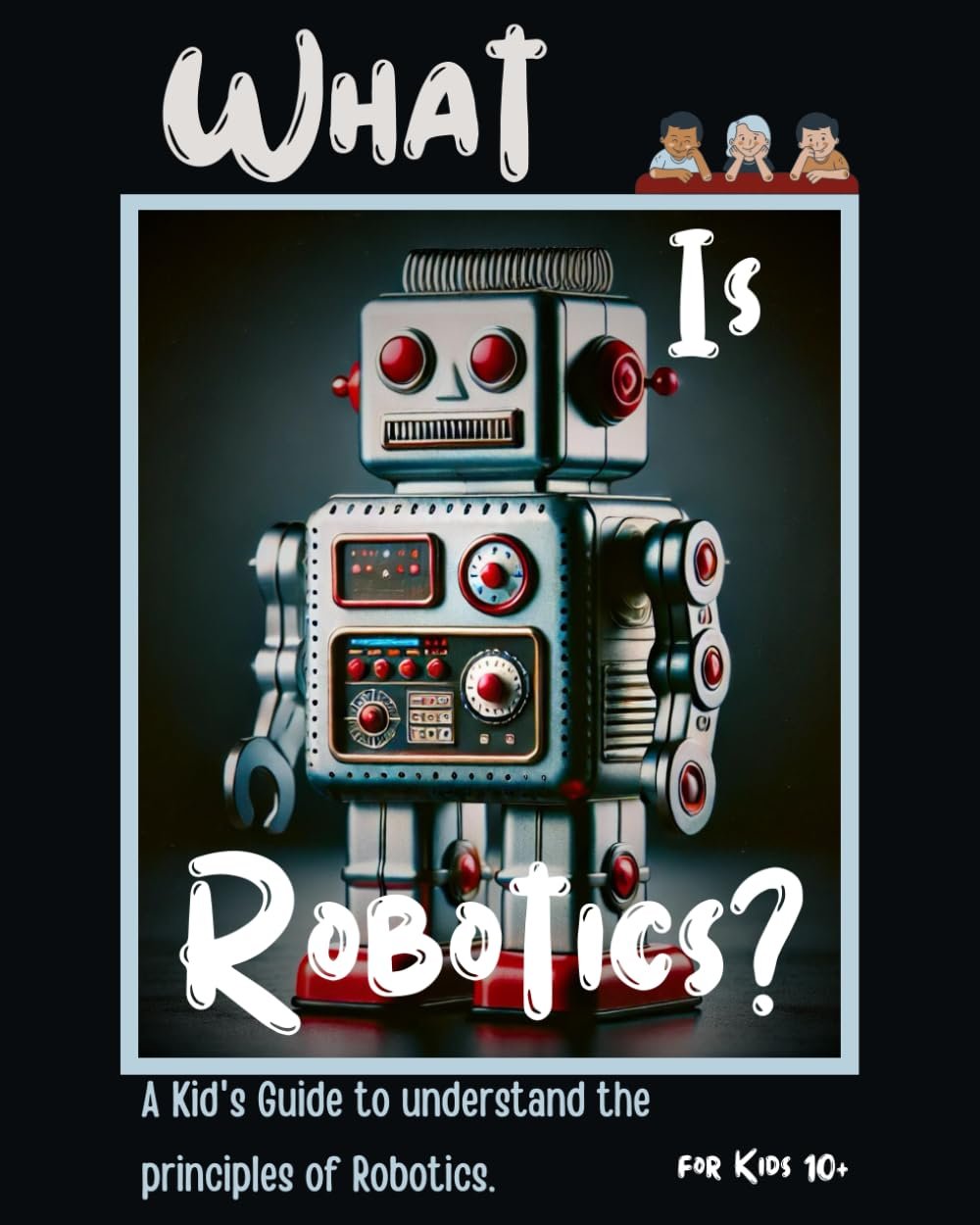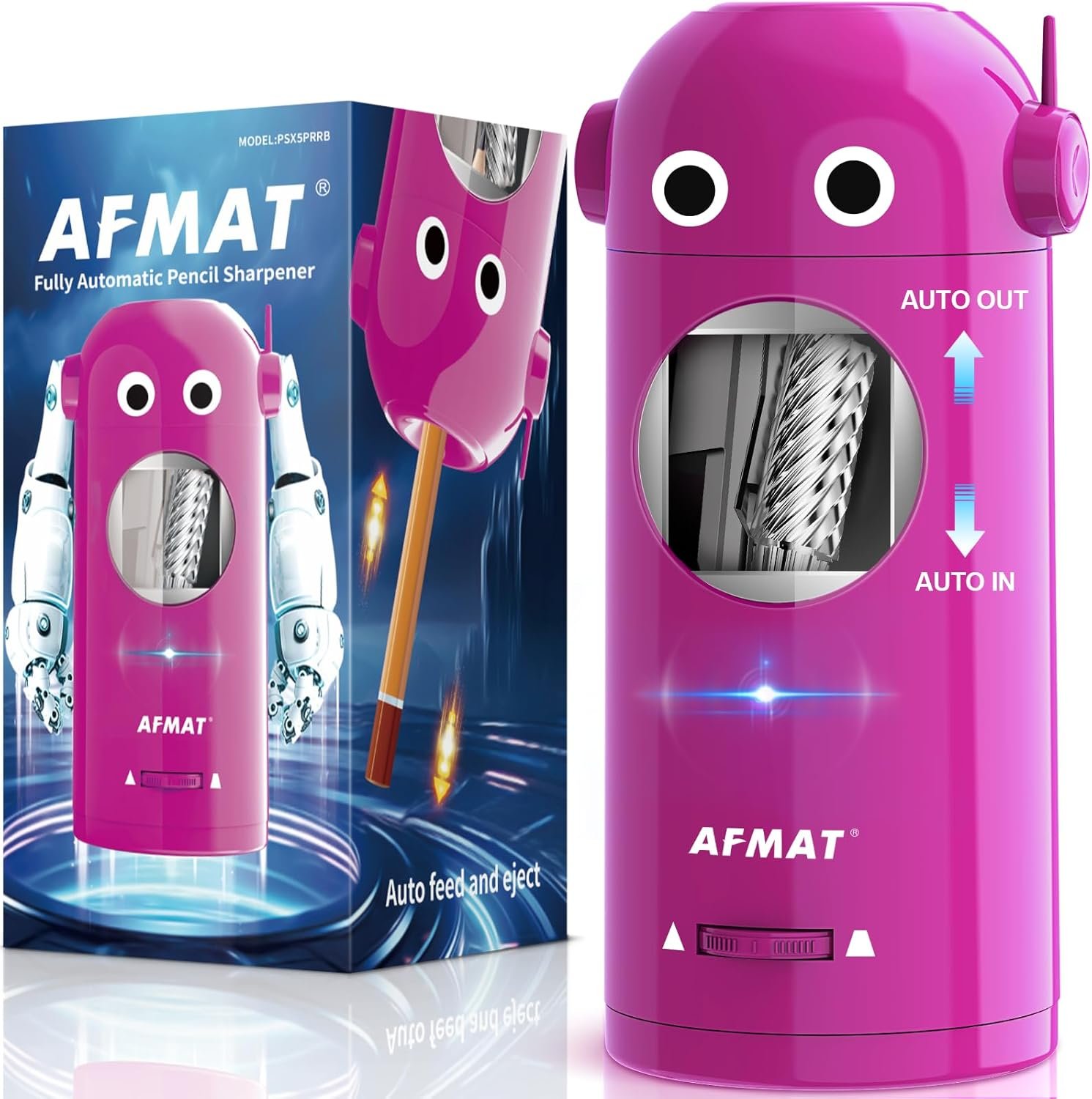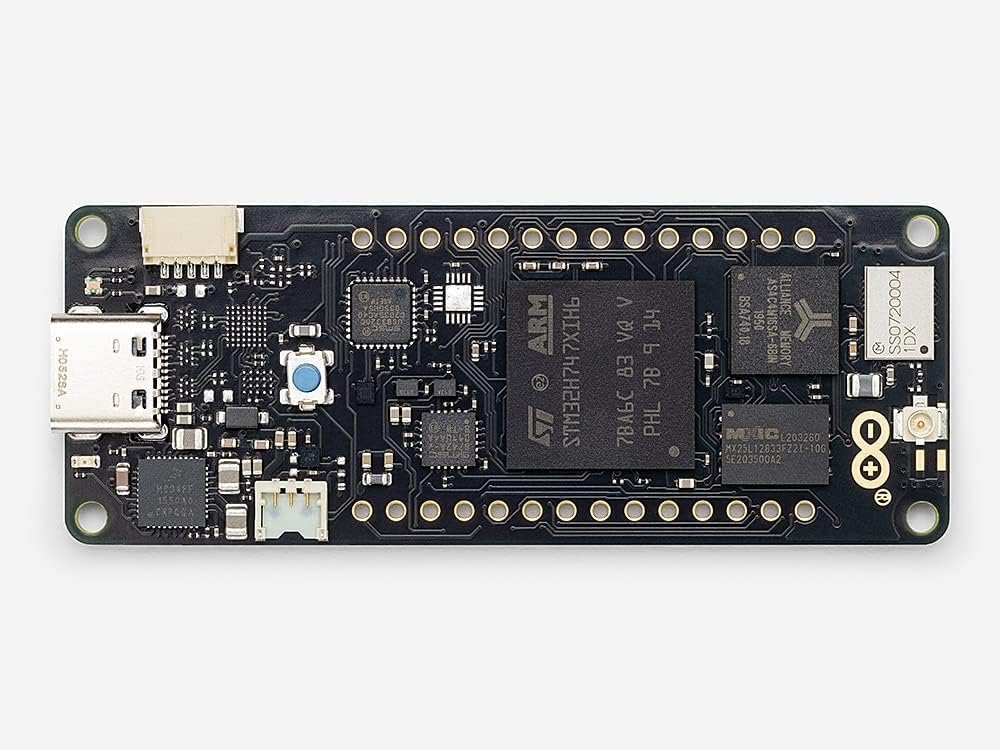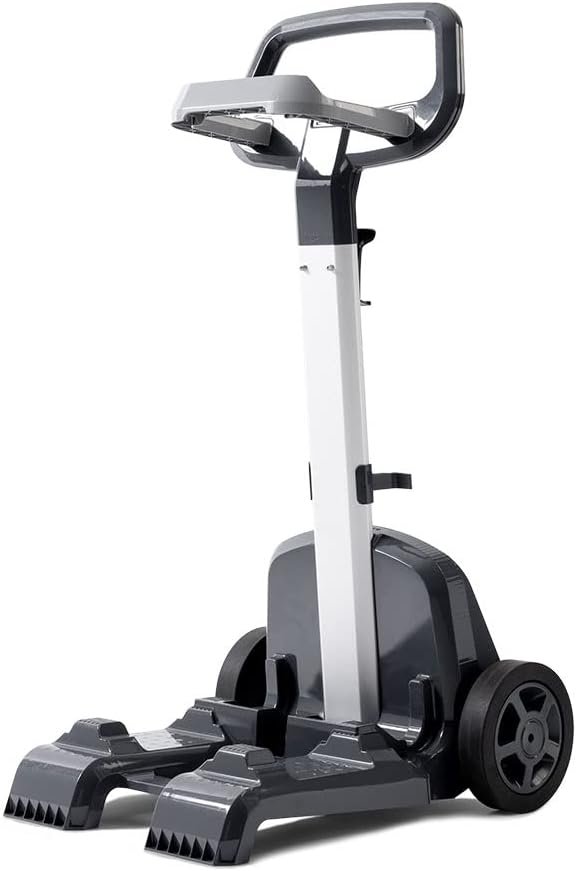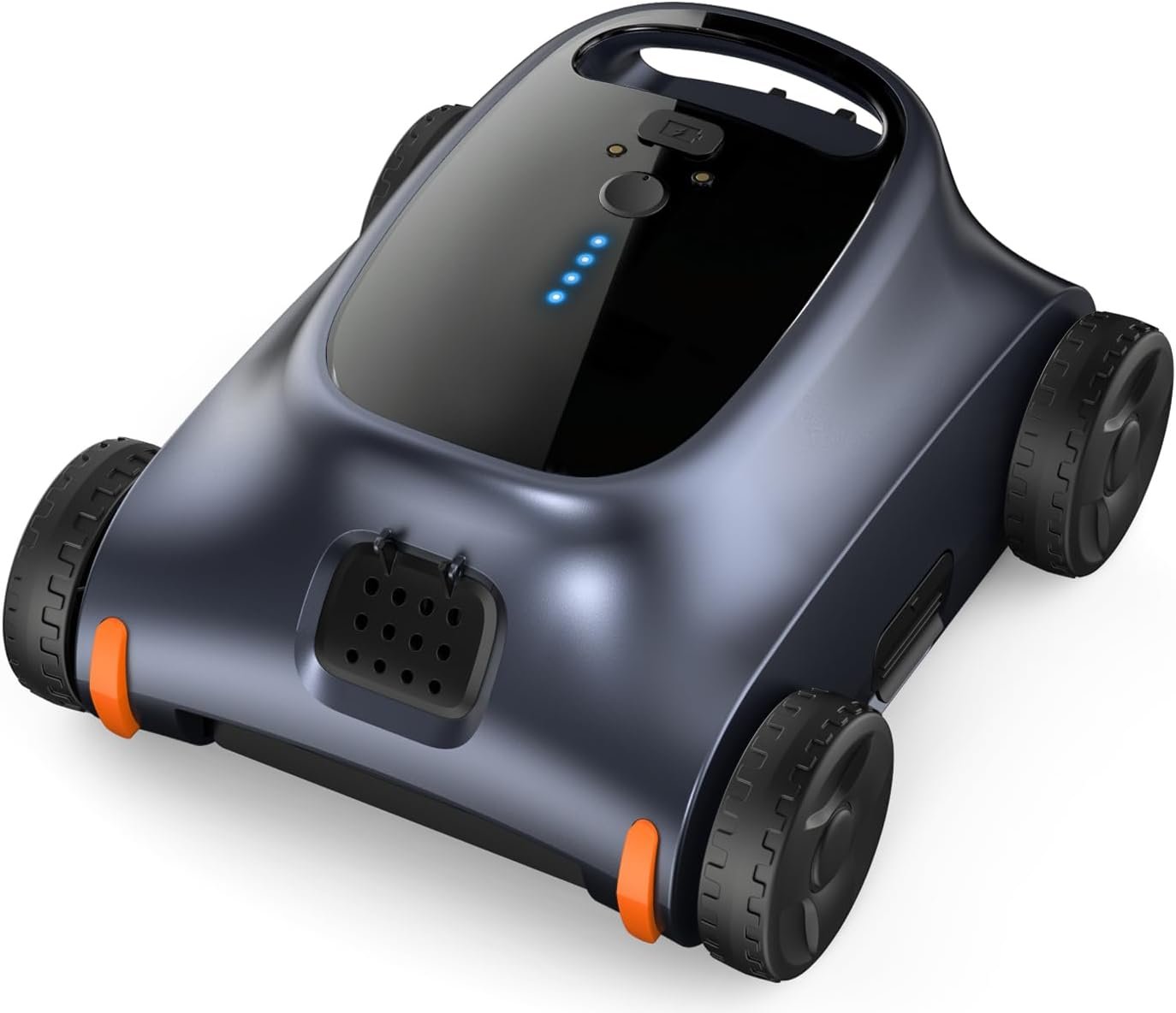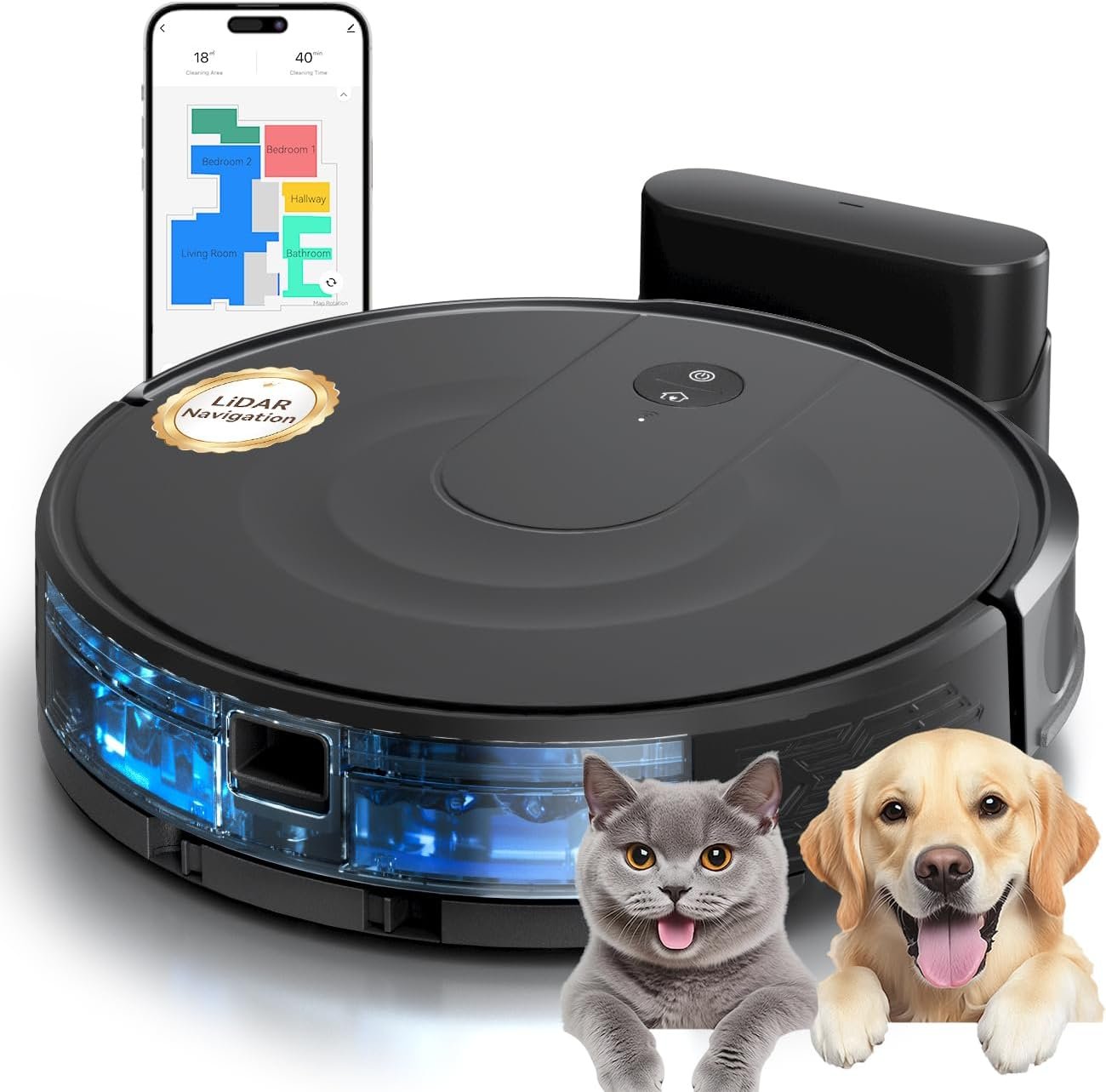
Learn how to apply artificial intelligence, engineering, and machine learning to create smart robots capable of interacting with their environment, engaging with users, making decisions, and navigating autonomously
Key FeaturesGain a holistic understanding of robot design, systems engineering, and task analysisImplement AI/ML techniques to detect and manipulate objects and navigate robots using landmarksIntegrate voice and natural language interactions to create a digital assistant and artificial personality for your robotPurchase of the print or Kindle book includes a free PDF eBookBook Description
Unlock the potential of your robots by enhancing their perception with cutting-edge artificial intelligence and machine learning techniques. From neural networks to computer vision, this book equips you with the tools and practical use cases to create truly smart robots.
Starting with robotics basics, robot architecture, control systems, and decision-making theory, this book presents systems-engineering methods to design problem-solving robots with single-board computers. You’ll explore object recognition and genetic algorithms to teach your robot to identify and pick up objects, and you’ll also harness the power of natural language processing to give your robot a voice. To enhance your robot further, you’ll master neural networks to classify and separate objects and navigate autonomously, before advancing to guiding your robot arms using reinforcement learning and genetic algorithms. The book also covers path planning and goal-oriented programming to prioritize your robot’s tasks, showing you how to connect all software using Python and ROS 2 for a seamless experience.
By the end of this book, you’ll have learned how to transform your robot into a helpful assistant with NLP and give it an artificial personality, ready to tackle real-world tasks and even crack jokes.
What you will learnGet started with robotics and AI essentialsUnderstand path planning, decision trees, and search algorithms to enhance your robotExplore object recognition using neural networks and supervised learning techniquesEmploy genetic algorithms to enable your robot arm to manipulate objectsTeach your robot to listen using Natural Language Processing through an expert systemProgram your robot in how to avoid obstacles and retrieve objects with machine learning and computer visionApply simulation techniques to give your robot an artificial personalityWho this book is for
This book is for practicing robotics engineers and enthusiasts aiming to advance their skills by applying AI and ML techniques. Students and researchers looking for practical guidance for solving specific problems or approaching a difficult robot design will find this book insightful.
Proficiency in Python programming, familiarity with electronics and wiring, single board computers, Linux-based command-line interface (CLI), and knowledge of AI/ML concepts are required to get started with this book.
Table of ContentsThe Foundation of Robotics and Artificial IntelligenceSetting Up Your RobotConceptualizing the Practical Robot Design ProcessRecognizing Objects Using Neural Networks and Supervised LearningPicking Up and Putting Away Toys using Reinforcement Learning and Genetic AlgorithmsTeaching a Robot to ListenTeaching the Robot to Navigate and Avoid StairsPutting Things AwayGiving the Robot an Artificial PersonalityConclusions and ReflectionsQ and AApendix
From the Publisher




What’s new in this second edition?
Our robot, Albert, is upgraded with new capabilities and an advanced digital arm with internal sensors for position sensing and feedback using an Nvidia Jetson NANO SBC for running complex neural networks. The control system is upgraded to ROS 2, improving data communication with the robust DDS and eliminating the ROSCORE central traffic cop. The drive system is enhanced with omni-wheels for increased mobility and an improved object recognition system using YOLOv8 with transfer learning, recognizing and locating toys using bounding boxes.
The reinforcement learning section is fully rewritten for greater robustness and usability, and robot arm sections are also updated. Extensive technical reviews by robotics experts have improved readability and relatability. We’ve also updated the robot navigation and artificial personality sections as well as the final chapter to reflect developments in AI and Robotics.
Real-world applications covered in this book: Object recognition and classification for sorting objects using unsupervised learning algorithms Path planning for robot arms to solve complex mobility and manipulation problems NLP and voice processing for commands, so robots can extract user intent from voice commands • Robot navigation in unstructured environments to effectively save robots from falling downstairs


What makes this book different from other books on robotics and artificial intelligence?
This book applies AI principles to robotics, focusing on autonomy, movement, and manipulation. I’ve shown how to use a robot to pick up toys in an unstructured environment, navigating, detecting, classifying, and manipulating objects. Readers can also explore a voice interface similar to a digital assistant, capable of executing natural language commands and custom interactions, including knock-knock jokes. I’ve added two groundbreaking chapters that cover navigation by ceiling recognition and a state-machine model for robots to interact with simulated personality and emotions.


How did your background help you write this book?
I’ve been involved in robotics since 1984 and AI since 1993. Currently, I’m working on autonomous aircraft, focusing on perception, fusion, decision-making, and action systems. My experience spans self-driving cars, robots, industrial machinery, off-road vehicles, boats, spacecraft, and various aircraft. I’ve designed an industrial robot for making jail cell keys, built home robots, and collected over 40 robots, including rare models like the Roboscout. I’ve also created a computer-controlled robot telescope.
At NASA, I contributed to the International Space Station, working on the Canada Arm, Shuttle Robot Arm, Robotic Vision System, and the Flight Telerobotic Servicer. My AI work started with expert systems, expanded to simulation, systems modeling, process control, NLP, genetic algorithms, and neural networks. I began image processing and object recognition in 1996 while working for a supercomputer company.


Which parts of the book are your favorites and why?
I’m really proud of several sections of the book. The first chapter contains lessons from 40 years of robot design, including decision-making and the AI-robotics intersection. Key concepts include the OODA loop (Observe, Orient, Decide, and Act) and Dr. Rodney Brooks’ Subsumption Architecture. In navigation, I address challenges in unstructured environments, advocating for ceiling-based navigation and combining localization with path planning for compact and smooth operation. The Genetic Algorithms section shows you how to use natural selection and evolution to innovate solutions. This chapter features a ‘Genetic Algorithm sandbox’ adaptable for various uses, highlighting the process’s capability for simple innovation and preventing stagnation with random mutations.
Publisher : Packt Publishing; 2nd edition (March 29, 2024)
Language : English
Paperback : 344 pages
ISBN-10 : 1805129597
ISBN-13 : 978-1805129592
Item Weight : 1.32 pounds
Dimensions : 0.72 x 9.25 x 7.5 inches
robotics ,


